In today's digital landscape, hiring a skilled front-end developer can mean the difference between a user-friendly website and one that frustrates your customers. Front-end developers are responsible for creating the user interface and experience, ensuring the site is both visually appealing and functional. However, many companies struggle to find candidates who not only have the technical expertise but also understand the nuances of user-centered design.
This article walks you through the process of hiring a front-end developer, from assessing technical skills to conducting insightful interviews. Along the way, we highlight practical strategies and provide resources such as the Front-End Developer Online Test to ensure you find the right fit for your team.
Table of contents
Why Hire a Front-End Developer?
Front-end developers are key to creating user-friendly, visually appealing websites and applications. If your company struggles with slow-loading pages, poor mobile responsiveness, or outdated designs, a front-end developer can address these issues head-on.
These professionals can help with:
- Improving website performance and speed
- Creating responsive designs for various devices
- Implementing modern UI/UX trends
Before hiring full-time, consider your project scope and long-term needs. For short-term projects or to test the waters, you might start with a freelance front-end developer. For ongoing development and maintenance, a full-time hire could be more beneficial.
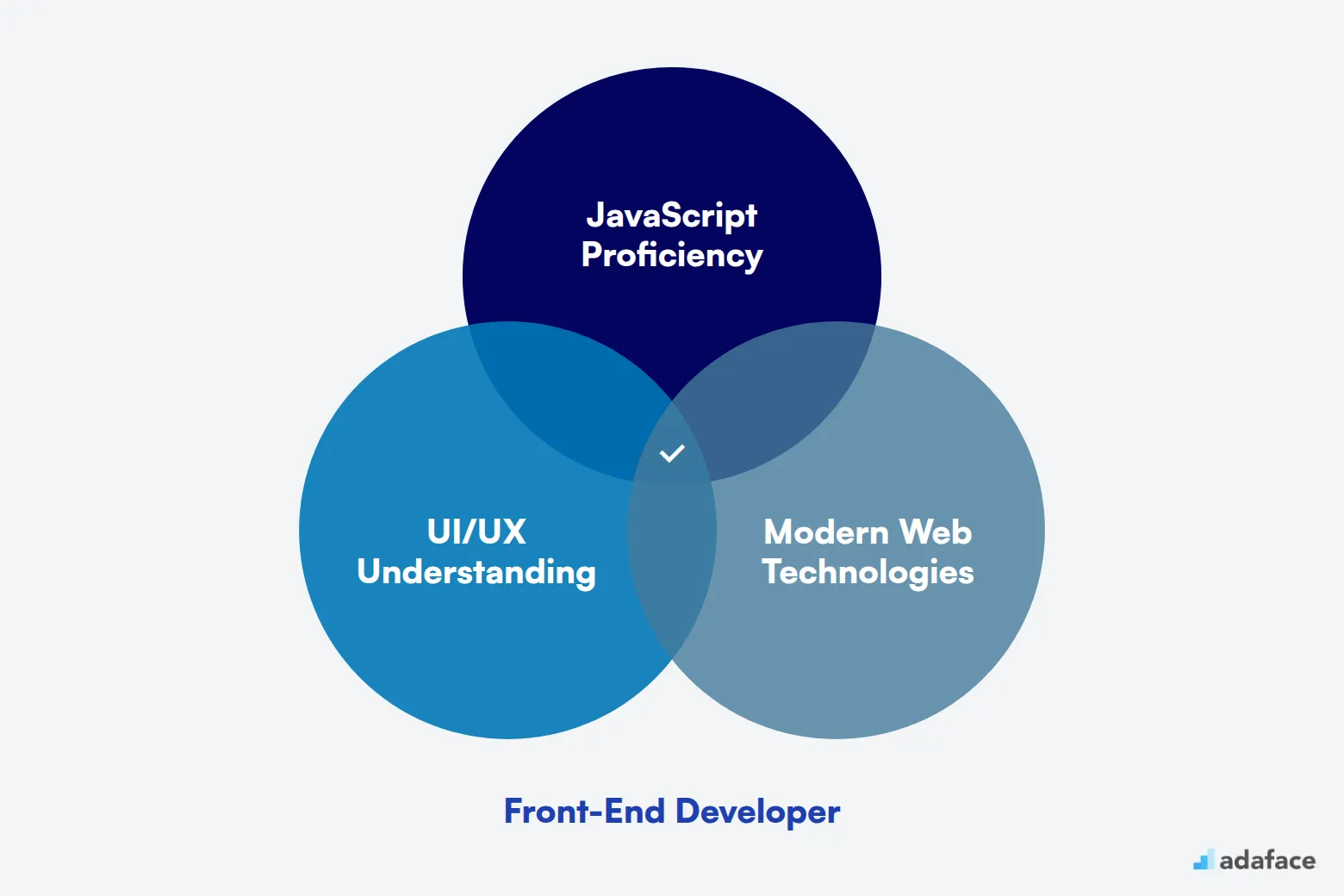
Front-End Developer Hiring Process
Hiring a front-end developer typically spans around 4 to 8 weeks. Understanding the steps involved can streamline this process significantly.
- Define the Job Requirements: Start with a clear job description that outlines the skills and experience needed for the role. This will guide your advertising and attract suitable candidates.
- Posting the Job: Share the job description on relevant platforms. You should start receiving applications within the first week.
- Resume Screening: After collecting resumes, shortlist candidates based on their qualifications and experience. This can take about a week.
- Skill Testing: Administer coding tests or practical assignments to assess candidates' technical abilities. Expect this to take another week to evaluate results.
- Interviews: Conduct interviews with the shortlisted candidates. Aim to assess both technical skills and cultural fit within your team.
- Offer Stage: Finally, extend an offer to the top candidate. This part may also involve discussions on salary and benefits.
Overall, the hiring process can take about 1 to 2 months depending on your efficiency. In the subsequent sections, we'll explore each step in detail, providing checklists and resources to support your recruitment efforts.
Key Skills and Qualifications for Front-End Developers
When hiring a Front-End Developer, it’s important to create a clear candidate profile tailored to your needs. This can be tricky because what is essential for one company might be a nice-to-have for another. For example, while proficiency in React is a must-have for many roles, your team might prioritize experience with Vue.js instead.
To help you refine your search, we've outlined the skills and qualifications that are commonly required or preferred for Front-End Developer roles. Understanding the difference between these categories can streamline your hiring process and ensure you find the right fit for your team.
| Required skills and qualifications | Preferred skills and qualifications |
|---|---|
| Proficiency in HTML, CSS, and JavaScript | Experience with state management libraries (e.g., Redux, Vuex) |
| Experience with modern JavaScript frameworks (e.g., React, Vue, Angular) | Familiarity with build tools and task runners (e.g., Webpack, Gulp) |
| Understanding of responsive design and cross-browser compatibility | Knowledge of UI/UX principles |
| Knowledge of version control systems (e.g., Git) | Experience with RESTful APIs and GraphQL |
| Strong problem-solving and debugging skills | Understanding of web performance optimization techniques |
How to Write an Effective Front-End Developer Job Description
Once you've defined your ideal candidate profile, the next step is crafting a job description that attracts the right talent. Here are some quick tips to create a compelling Front-End Developer job description:
- Highlight key responsibilities: Clearly outline the day-to-day tasks and projects the developer will work on. Include technologies they'll use and how their work impacts the product or user experience.
- Balance technical and soft skills: List must-have technical skills like HTML, CSS, and JavaScript, but also emphasize soft skills such as problem-solving and teamwork.
- Showcase your company culture: Describe your work environment, team dynamics, and any unique perks or learning opportunities you offer.
- Be specific about experience level: Clearly state if you're looking for a junior, mid-level, or senior developer to attract candidates with the right experience.
Top 10 Platforms to Hire Front-End Developers
Now that you have a clear job description, it's time to get it out there and attract suitable candidates. Listing your job openings on various job platforms is a strategic way to reach a diverse pool of qualified front-end developers. Each platform has unique strengths, making it vital to select those that align with your specific hiring needs.
LinkedIn is a professional networking site with a large pool of candidates, ideal for full-time positions and networking with potential hires.
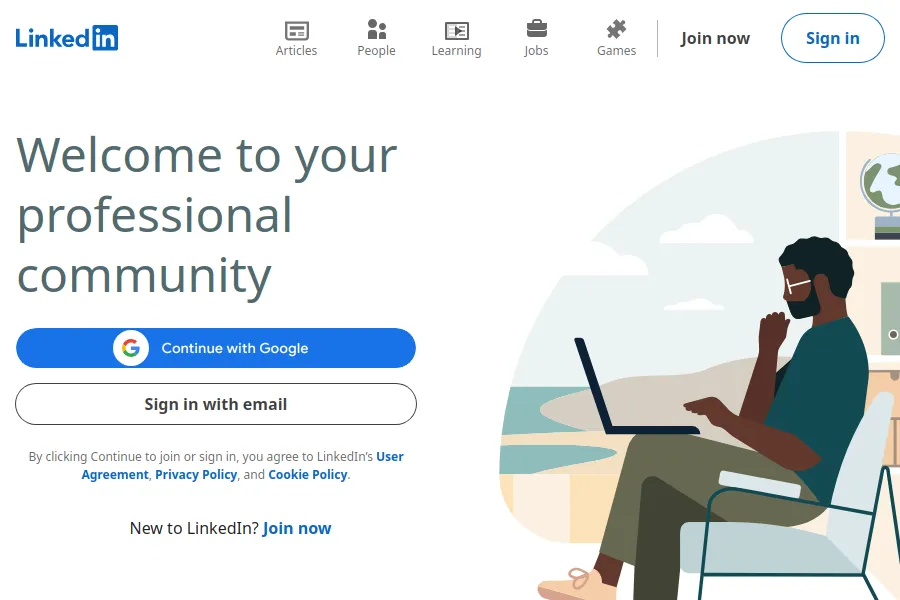
Indeed
Indeed aggregates job listings and is suitable for finding full-time employees through its extensive resume database.
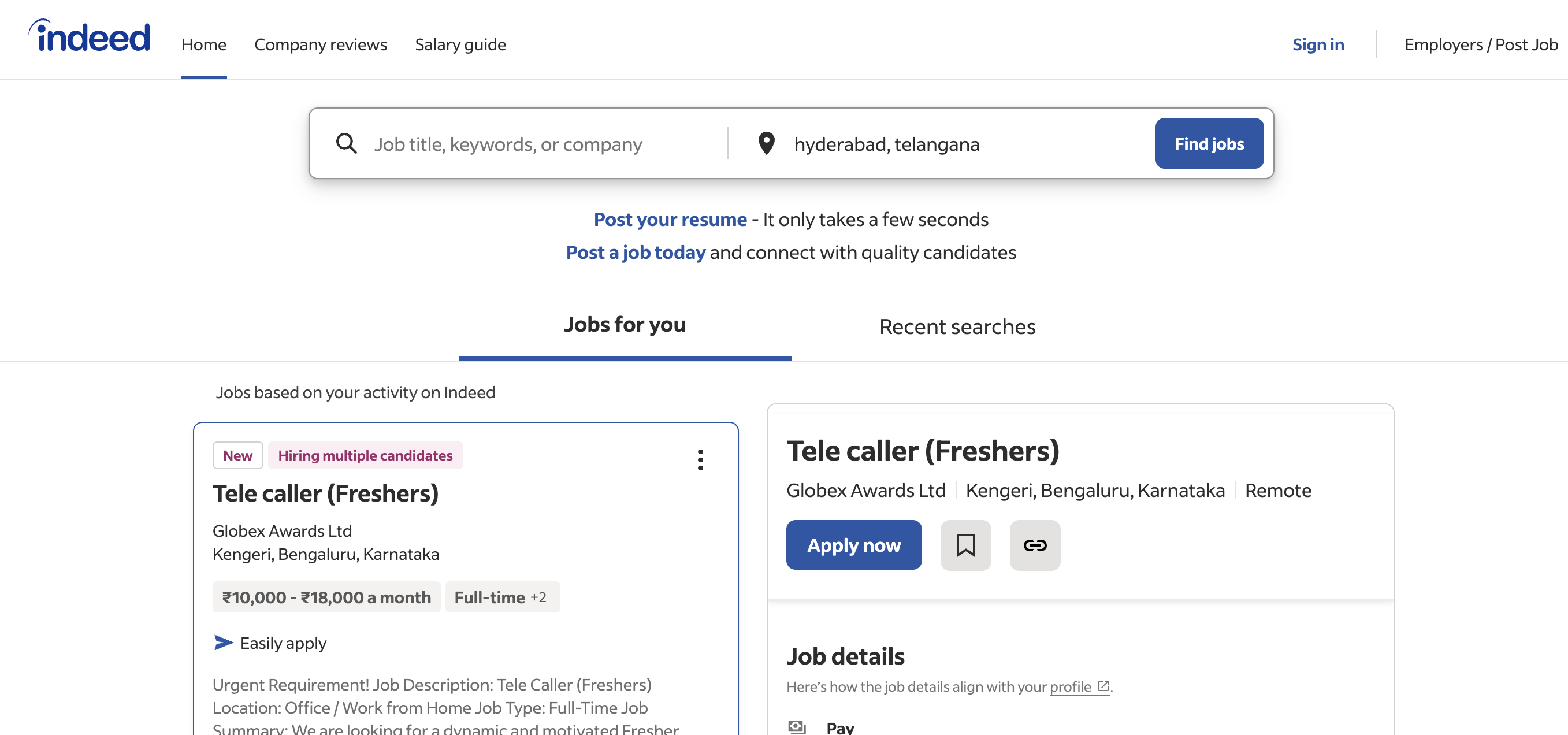
Upwork
Upwork is a leading platform for freelance opportunities, ideal for hiring short-term or project-based front-end developers.
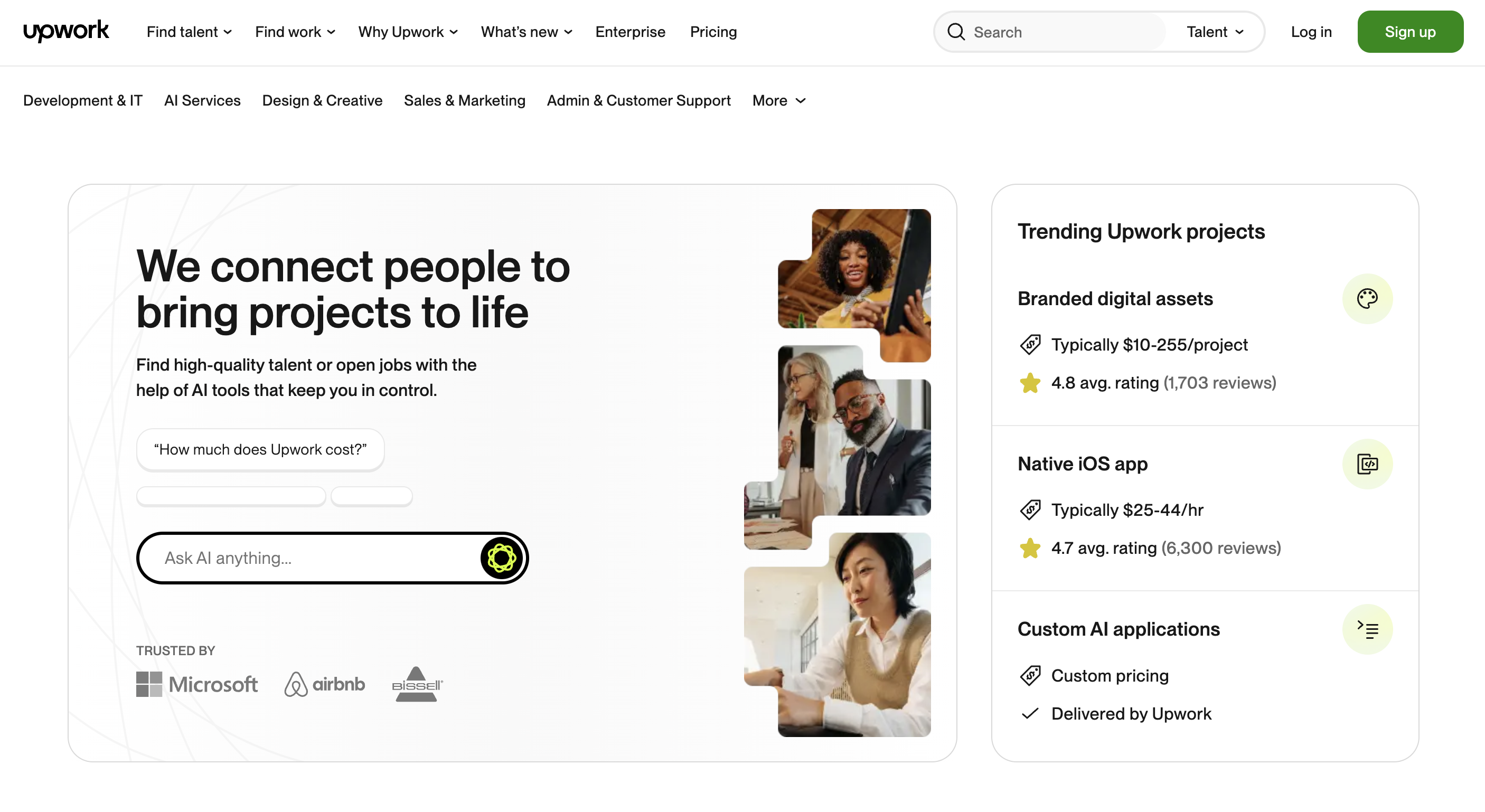
For a wider reach, consider platforms like LinkedIn and Indeed, ideal for full-time positions. If you're looking for freelance or short-term project hires, Upwork and Fiverr are excellent choices. Platforms like We Work Remotely and Remote OK are great for sourcing remote talent. AngelList caters specifically to startups, while Hired, Stack Overflow Jobs, and Toptal are focused on connecting companies with qualified tech talent. To explore more about tailoring your approach, you might find this guide on tech recruitment insightful.
Which skills tests should you use to assess Front-End Developers?
To ensure you hire the best front-end developer for your team, it’s recommended to assess their skills using targeted skills tests. These tests can quickly identify the candidate's proficiency in relevant programming languages and frameworks, helping you make informed hiring decisions.
JavaScript skills tests are perfect for evaluating a candidate's ability to write and understand JavaScript code, which is a foundational language for any front-end developer. You can explore more about these tests here.
Assessing a candidate's understanding of HTML and CSS is crucial for determining their ability to build and design web interfaces. Consider using the HTML and CSS online test to evaluate these skills.
For developers specializing in complex web applications, the ReactJS test can assess their ability to work with the React library. This test checks their understanding of components, state management, and more, which you can learn about here.
If you are keen on hiring developers with knowledge of different JavaScript frameworks, the VueJS assessment test can be an excellent choice to evaluate their capabilities with this progressive framework. More details can be found here.
Lastly, the Angular online test is ideal for candidates familiar with Angular, one of the major frameworks for building web applications. It helps assess their skills in creating scalable and maintainable applications, which you can explore here.
How to structure the interview stage for hiring Front-End Developers
Once candidates pass the initial skills tests, it's time to delve into technical interviews where their hard skills are assessed. While skills tests are great for weeding out unsuitable candidates, interviews are essential for discovering the best fit for the role. During these interviews, recruiters and hiring managers can pose targeted questions to evaluate candidates' problem-solving abilities and technical knowledge.
Here are some sample interview questions to consider:
- How do you ensure cross-browser compatibility in your projects? This question assesses their understanding of web standards.
- Can you explain the box model in CSS and how it affects the layout of web pages? This tests their CSS fundamentals.
- How do you manage state in a React application? This helps gauge their familiarity with React and state management.
- Explain the difference between synchronous and asynchronous programming in JavaScript. This is crucial for understanding JavaScript execution.
- Describe a technical challenge you faced in a project and how you resolved it. This provides insight into problem-solving skills and practical experience.
What are the costs associated with hiring a Front-End Developer?
When considering hiring a Front-End Developer, the costs can vary significantly based on factors like experience, location, and the complexity of the project. On average, salaries range from $68,648 to $193,577 annually in the US, while in Australia, they can range from AUD 113,537 to over AUD 244,042 depending on the city. Keep in mind that these figures may also be influenced by the demand for specific skills and technologies.
Front-End Developer Salary United States
In the United States, the average salary for a Front-End Developer is $125,102 annually. Salaries typically range from $68,648 on the lower end to as high as $193,577, depending on experience and location. Cities like Seattle and San Jose tend to offer higher salaries, while markets like Tampa may be on the lower spectrum.

Front-End Developer Salary United Kingdom
Front-End Developers in the United Kingdom can expect an average salary of around £45,000 per year. Entry-level positions may start at approximately £30,000, while those with significant experience or working in high-demand sectors might see salaries rise to £70,000 or more. It's important to note that salaries can vary depending on location and the specific demands of the role.
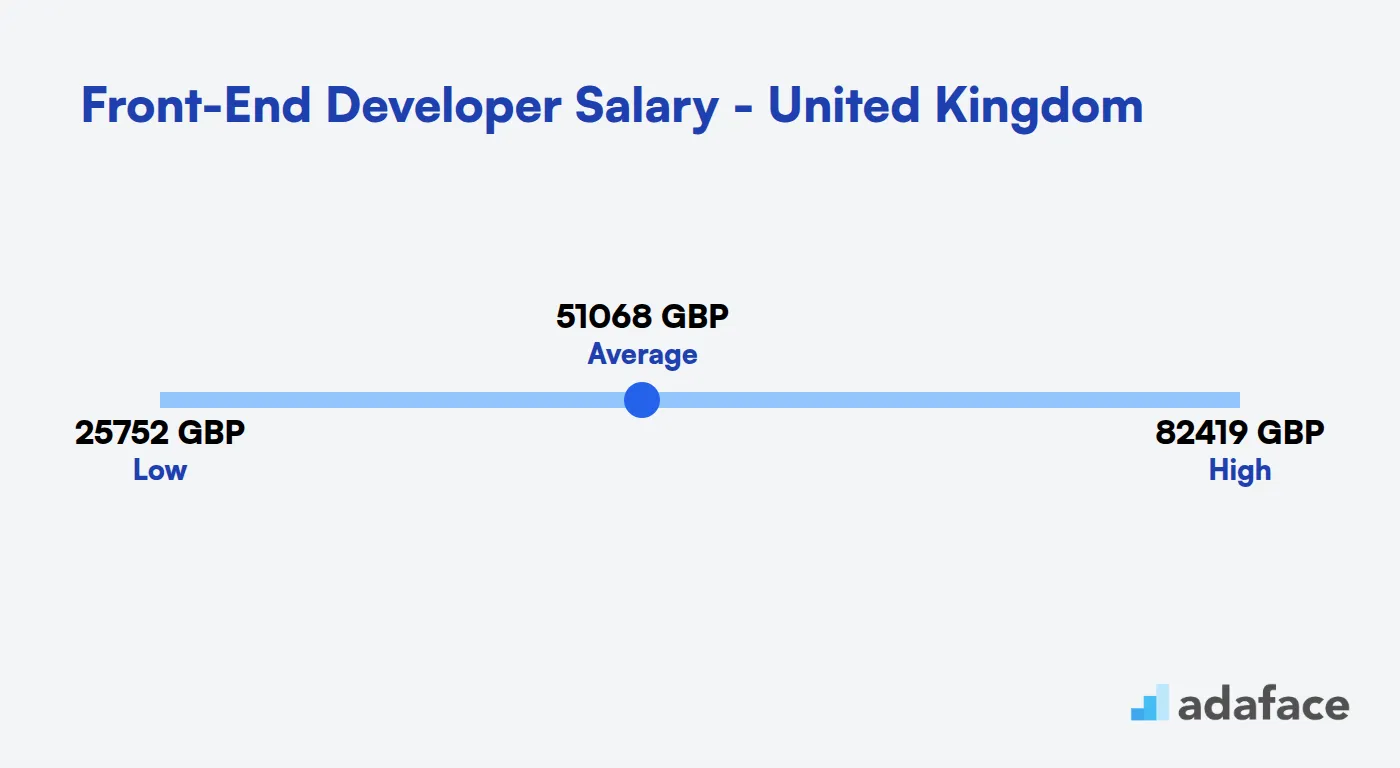
Front-End Developer Salary Australia
In Australia, the salary for a Front-End Developer varies significantly depending on the location. Canberra ACT stands out with the highest median salary of around AUD 244,042, while Sydney and Melbourne offer median salaries of approximately AUD 141,053 and AUD 121,485 respectively. Other cities like Perth and Brisbane offer median salaries of about AUD 115,111 and AUD 113,537. It's worth noting that these figures can fluctuate based on experience, skills, and company size.
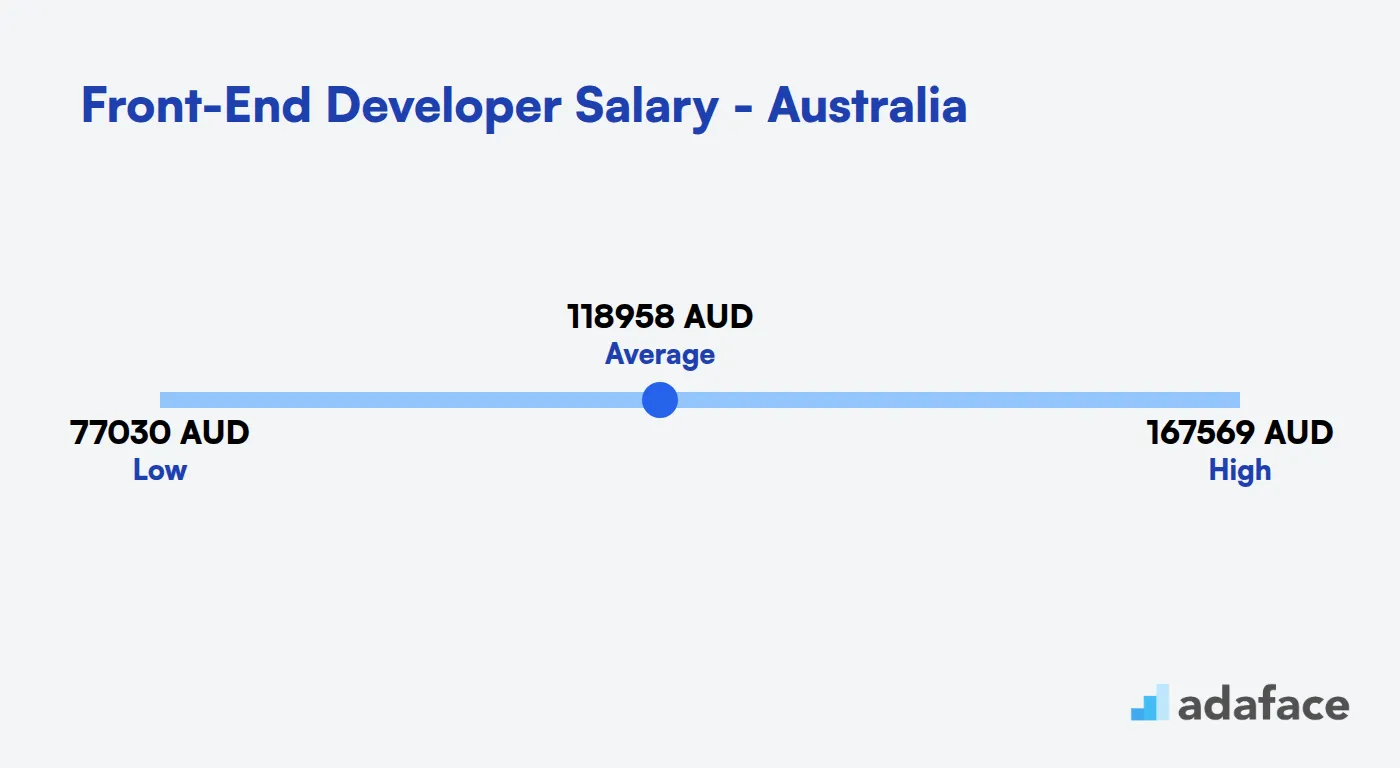
What's the difference between a Front-End Developer and a UI/UX Designer?
Front-End Developers and UI/UX Designers often get mixed up due to their overlapping roles in web development, yet they serve distinct purposes. Both roles contribute to creating a seamless user experience, but they approach this goal from different angles.
A Front-End Developer focuses on functionality and performance, using skills like HTML, CSS, and JavaScript. They rely on code editors and development tools to build and maintain websites. Their primary task is to implement designs and ensure the site functions smoothly, translating design concepts into reality.
In contrast, a UI/UX Designer is concerned with user experience and design. Armed with tools like Sketch, Adobe XD, and Figma, they create the visual elements and interactions of a website. Their objective is to enhance user engagement by designing intuitive interfaces and user interactions.
While the Front-End Developer ensures the technical execution, the UI/UX Designer crafts the visual layout. Learn more about the skills required for Front-End Developers to better understand their roles and responsibilities.
| Front-End Developer | UI/UX Designer | |
|---|---|---|
| Focus | Functionality and performance | User experience and design |
| Skills | HTML, CSS, JavaScript | Sketch, Adobe XD, Figma |
| Primary Tools | Code editors, Dev tools | Design software |
| Task | Build and maintain websites | Design user interfaces |
| Objective | Ensure site functionality | Enhance user engagement |
| Role in Project | Implement design | Create design concepts |
| User Interaction | Coding interactions | Design interactions |
| Education | Computer Science, IT | Design, Human-Computer Interaction |
What are the ranks of Front-End Developers?
Front-end development roles often overlap, making it challenging to distinguish between different ranks. However, understanding these distinctions can help recruiters and hiring managers find the right fit for their team.
- Junior Front-End Developer: This entry-level position is for those with basic HTML, CSS, and JavaScript skills. They work on simple tasks and learn from senior developers.
- Mid-Level Front-End Developer: With 2-5 years of experience, these developers handle more complex projects independently. They're proficient in frameworks like React or Vue.js.
- Senior Front-End Developer: Typically having 5+ years of experience, senior developers lead projects, mentor juniors, and make architectural decisions. They excel in performance optimization and cross-browser compatibility.
- Lead Front-End Developer: This role combines technical expertise with team management. They oversee multiple projects, set coding standards, and collaborate with other departments.
- Front-End Architect: The highest technical rank, architects design large-scale front-end systems. They focus on scalability, performance, and long-term technical strategy.
Hire the Right Front-End Developers for Your Team
We've covered the key aspects of hiring front-end developers, from understanding their role to the hiring process, skills assessment, and interview structuring. Remember that a well-crafted job description and a thorough evaluation of technical skills are crucial for finding the right fit.
If there's one takeaway from this guide, it's the importance of using accurate job descriptions and skills tests to make your hiring process more effective. These tools help you identify candidates with the right mix of technical abilities and soft skills, ensuring a strong addition to your development team.
Front End Developer Online Test
FAQs
A front-end developer is responsible for implementing visual and interactive elements that users engage with through a web browser. They work closely with UI/UX designers and back-end developers to ensure a seamless user experience.
Key skills include proficiency in HTML, CSS, JavaScript, and frameworks like React, Angular, or Vue.js. Additionally, understanding responsive design, testing/debugging techniques, and version control systems is important.
Utilize online assessment platforms such as the Front-End Developer Test to evaluate candidates' technical skills and problem-solving abilities.
While front-end developers focus on coding and implementing designs, UI/UX designers are responsible for crafting the look and feel of the application. Both collaborate to ensure a cohesive user experience.
Focus on both technical and soft skills. Start with a technical assessment, followed by a behavioral interview to understand the candidate's problem-solving approach and teamwork abilities.
Consider using specialized job boards, tech communities, and platforms like GitHub or LinkedIn to find skilled developers. Connecting with coding bootcamps can also be beneficial.
The timeline can vary depending on your organization's hiring process. Typically, from posting the job to making an offer, it can take between 4 to 6 weeks.

40 min skill tests.
No trick questions.
Accurate shortlisting.
We make it easy for you to find the best candidates in your pipeline with a 40 min skills test.
Try for freeRelated posts
Free resources



